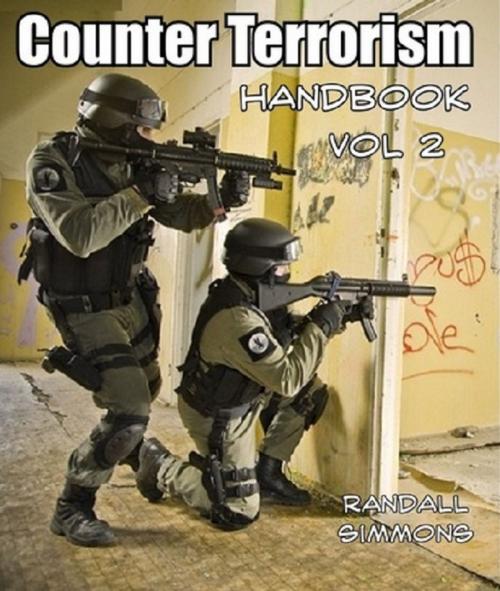The Counter Terrorism Handbook Volume 2
Nonfiction, Reference & Language, Education & Teaching, Higher Education, Teaching, Teaching Methods, Social & Cultural Studies, True Crime| Author: | Randall Simmons | ISBN: | 1230000214099 |
| Publisher: | Digital Unlimited | Publication: | January 29, 2014 |
| Imprint: | Language: | English |
| Author: | Randall Simmons |
| ISBN: | 1230000214099 |
| Publisher: | Digital Unlimited |
| Publication: | January 29, 2014 |
| Imprint: | |
| Language: | English |
This incredible 3 part eBook seeks to encourage the development of learning organizations among national security professionals by examining what we currently know about the strategic application of hard and soft power in countering the sources and facilitators of terrorism. As a collection, the thematic essays and focused case studies represent an ambitious effort to capture existing knowledge in the field of counterterrorism and counterinsurgency, and draw lessons (from successes as well as failures) that will inform new, adaptable strategies to counter the new threats that—judging from historical trends—will no doubt emerge over the next century.
The link between counterinsurgency and counterterrorism is also in-formed by recent analyses which suggest that the al Qaeda movement can be described as a global insurgency, seeking to replace the existing Westphalia-based system of nation-states with a global caliphate in which Islamic law reigns supreme. Recent terror attacks in Bali, Madrid, London, and Cairo, as well as disrupted terror plots in Denmark, the Netherlands, and the United Kingdom, are all seen as examples of how individuals and groups around the world have been inspired by al Qaeda’s ideology to commit violence as part of a strategy to change the policy and behavior of these nation-states.
This incredible 3 part eBook seeks to encourage the development of learning organizations among national security professionals by examining what we currently know about the strategic application of hard and soft power in countering the sources and facilitators of terrorism. As a collection, the thematic essays and focused case studies represent an ambitious effort to capture existing knowledge in the field of counterterrorism and counterinsurgency, and draw lessons (from successes as well as failures) that will inform new, adaptable strategies to counter the new threats that—judging from historical trends—will no doubt emerge over the next century.
The link between counterinsurgency and counterterrorism is also in-formed by recent analyses which suggest that the al Qaeda movement can be described as a global insurgency, seeking to replace the existing Westphalia-based system of nation-states with a global caliphate in which Islamic law reigns supreme. Recent terror attacks in Bali, Madrid, London, and Cairo, as well as disrupted terror plots in Denmark, the Netherlands, and the United Kingdom, are all seen as examples of how individuals and groups around the world have been inspired by al Qaeda’s ideology to commit violence as part of a strategy to change the policy and behavior of these nation-states.















